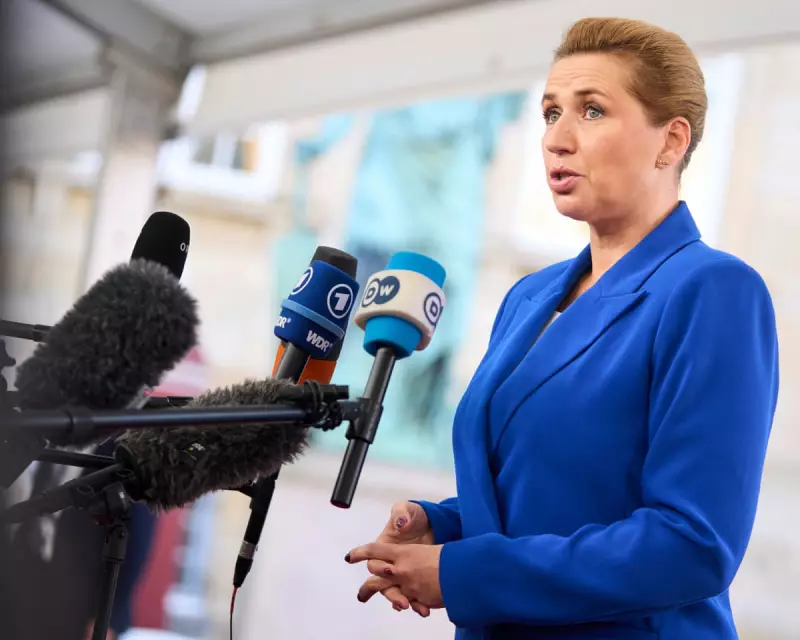
Europe is navigating its most treacherous security landscape since the Second World War, according to alarming assessments from senior defence officials across the continent. The continent faces an unprecedented convergence of hybrid threats that has fundamentally reshaped the European security paradigm.
The Sabotage Epidemic
Security services are battling what one official described as a "systematic campaign of sabotage" targeting critical infrastructure. From transport networks to energy facilities, these coordinated attacks represent a new form of warfare that blurs the lines between peace and conflict.
Recent months have witnessed a dramatic escalation in sophisticated operations designed to destabilise European economies and test NATO's resilience. The covert nature of these attacks makes attribution challenging while keeping nations in a state of heightened alert.
Drone Warfare Reaches European Shores
Russian drone operations have evolved from battlefield tactics in Ukraine to direct threats against European territory. Military analysts report increasingly brazen incursions that test air defence systems and probe for vulnerabilities.
These unmanned aerial threats have forced European governments to reconsider their air defence strategies and accelerate the development of counter-drone technologies. The skies above Europe have become a new frontier in this evolving conflict.
NATO's Response Strategy
Defence alliances are implementing comprehensive measures to address these emerging threats:
- Enhanced intelligence sharing between member states
- Rapid deployment of advanced detection systems
- Coordinated exercises simulating hybrid attack scenarios
- Strengthened protection for critical national infrastructure
A Fundamental Shift in European Defence
The nature of these threats has prompted what military strategists call a "paradigm shift" in European defence thinking. Traditional military preparedness must now be complemented by robust resilience against asymmetric and hybrid operations.
This new reality demands unprecedented cooperation between military, intelligence, and civilian agencies. The distinction between wartime and peacetime security measures has become increasingly blurred.
As one senior defence official starkly warned: "We are living through a period where the old certainties of European security have been shattered. The rules of engagement have changed, and our response must evolve accordingly."





